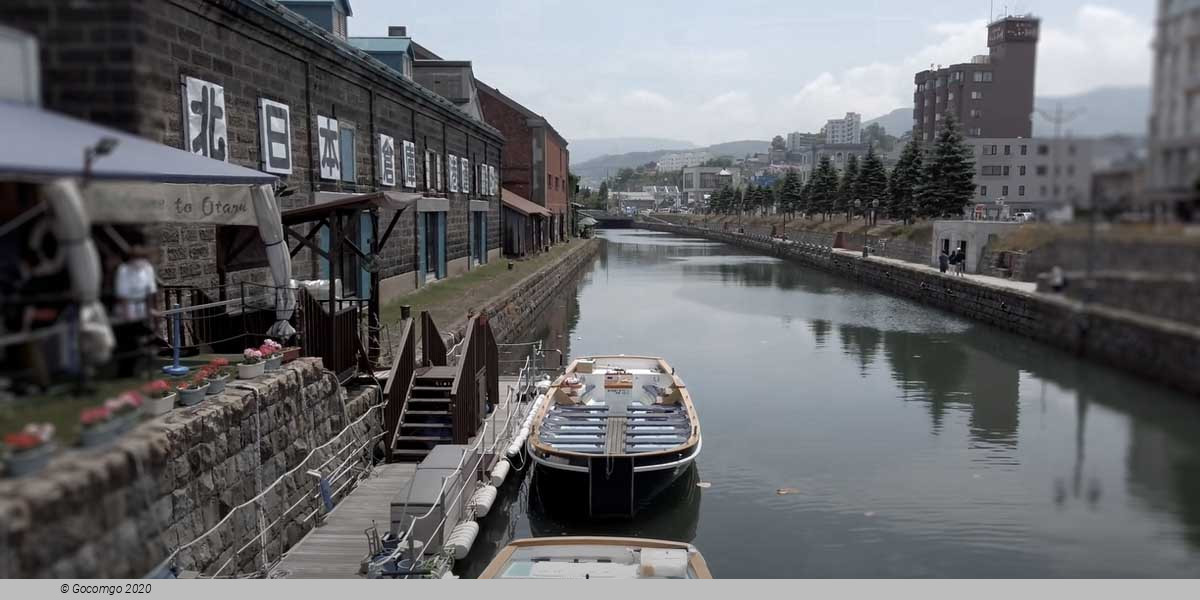Otaru

Otaru is a city and port in Shiribeshi Subprefecture, Hokkaido, Japan, northwest of Sapporo. The city faces Ishikari Bay and the Sea of Japan and has long served as the main port of the bay. With its many historical buildings, Otaru is a popular tourist destination. Because it is a 25-minute drive from Sapporo, it has recently grown as a bedroom community.
History
The city was an Ainu habitation, and the name "Otaru" is recognized as being of Ainu origin, possibly meaning "River running through the sandy beach". The very small remaining part of the Temiya Cave contains carvings from the Zoku-Jōmon period of Ainu history, around A.D. 400. Mount Akaiwa (Northwest part of Otaru) is memorized in the Ainu tradition in the story of Sitonai, the village chief's teenage daughter who had slain a white snake from the mountain's cave that demanded sacrifices of girls every year. The legend explains the name of a big cave on Mount Akaiwa, Hakuryu Gongen Cave and the reason why a shrine was built on the mountain (to protect the village from being haunted by the snake).
Otaru was recognized as a village by the bakufu in 1865, and in 1880 the first railway line in Hokkaido was opened with daily service between Otaru and Sapporo.
An Imperial decree in July 1899 established Otaru as an open port for trading with the United States and the United Kingdom.
The city flourished well as the financial and business center in Hokkaido as well as the trade port with Japanese ruled southern Sakhalin until the 1920s. Otaru was redesignated as a city on August 1, 1922.
On December 26, 1924, a freight train loaded with 600 cases of dynamite exploded in Temiya Station, damaging the warehouse, the harbor facilities and the surrounding area. Local officials stated that at least 94 were killed and 200 injured in this disaster.
During WWII, Otaru housed a prison camp for Aleuts taken there following the Japanese occupation of Attu.
Since the 1950s, as the coal industry around the city went into a decline, the status of the economic hub shifted from Otaru to Sapporo.

